Japanese national food “Ramen” has a ramen that is a pride in various parts of Japan and has built its own culture.
Popular ramen from all over Japan are concentrated in Tokyo, so it’s fun to eat and compare while traveling.
So,we will introduce a ramen shop called “Yummy” In Tokyo.
Please enjoy your Japanese ramen and find your favorite cup noodles and soups.
What is Ramen?
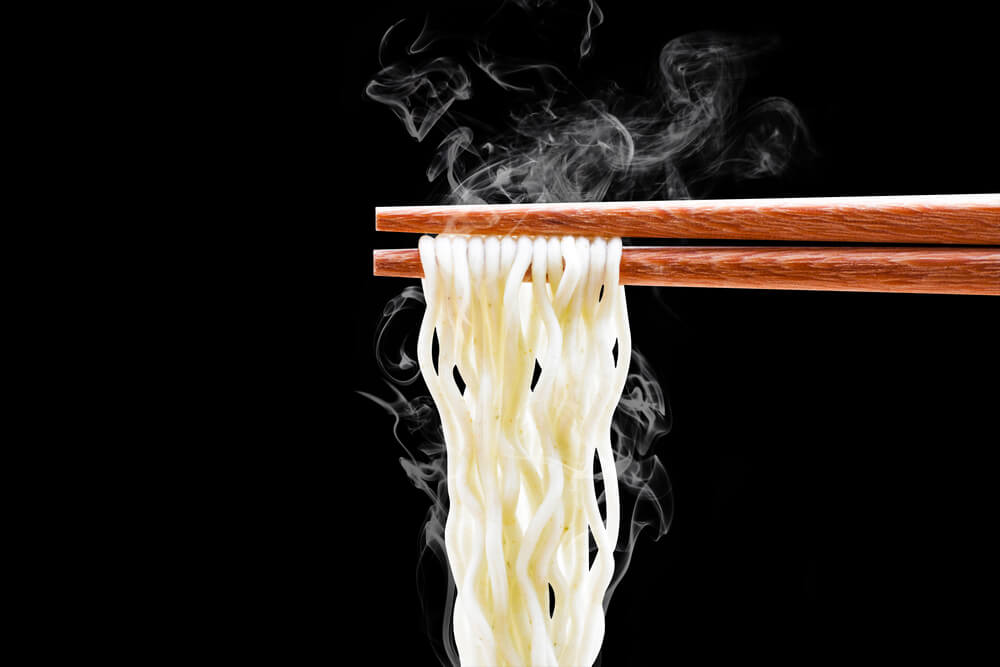
First of all”Ramen” refers to Chinese noodles introduced from China around 1958.
At that time, it was called “Chuka Soba” to distinguish it from “Nihon Soba”.
“Ramen” is defined as noodles kneaded with an aqueous solution of an alkaline salt, “Kansui.”
Alkaline salt solutions create a unique flavor and texture different from “udon” or “soba”.
The number of local ramen shops in Japan has been increasing by age and region and it is diversifying.
What types of Ramen?
There are five types of ramen.
①Soy sauce Ramen
Soy sauce based simple taste
Japanese traditional ramen
Toppings are green onions and seaweed
②Salt Ramen
Light taste
Perfect after drinking alcohol
Seafood soup
③Miso Ramen
Standard in Sapporo, Hokkaido
A rich taste
Butter and corn are popular for toppings
④Tonkotsu Ramen
Pork bone base from Fukuoka
Tonkotsu soy sauce, salt tonkotsu, etc.
⑤Iekei Ramen
Originated in Yokohama
Pork soy sauce base
Thick straight noodles
⑥Jiro Ramen
Head office is Mita, Minato-ku
Goodwill stores
Developed mainly in Kanto
⑦Toripaitan Ramen
dipped with chicken
Cloudy soup
The aftertaste is refreshing despite its richness
Soy sauce Ramen
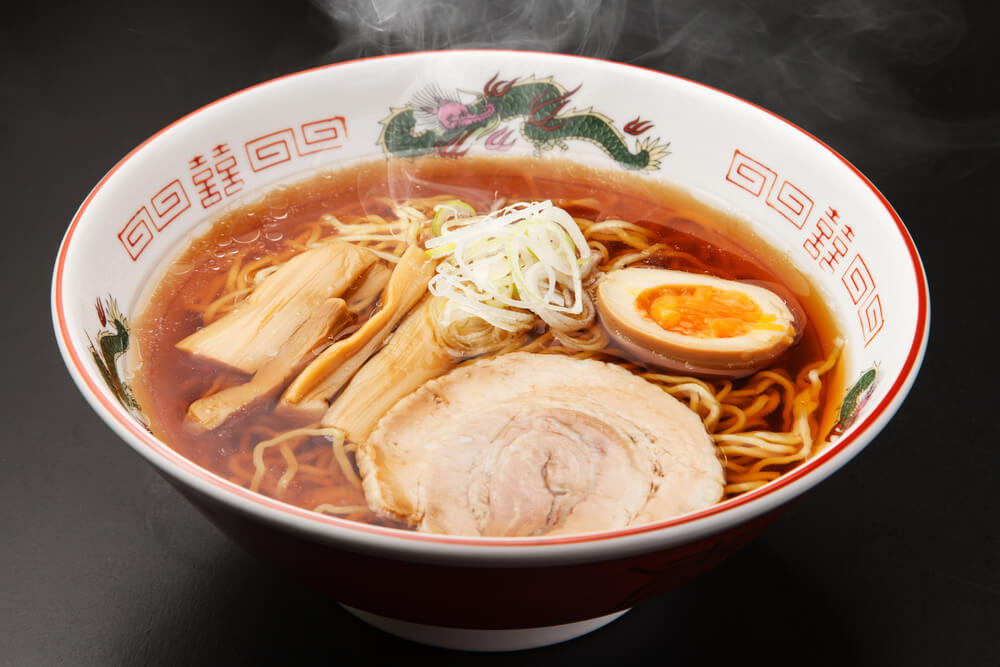
Soy sauce ramen dates back to Japan’s first ramen shop 100 years ago in Asakusa, Tokyo.
The soup is made from a soy sauce-based sauce combined with soup stock from pork, chicken and seafood.
The feature is that the type of soy sauce and dashi used and the noodles used differs depending on the shop or region.
Check out recommended soy sauce ramen you can taste in Tokyo!
Ranen Yamaguchi
Using three different soy sauces, chicken-based seafood soy soup extends the flavor of chicken adding the finest black truffle oil for a rich finish.
Excellent compatibility with homemade medium and thin noodles with flexible rigidity.
Address: 3-13-4 Nishiwaseda, Shinjuku-ku, Tokyo
http://www.ramen-yamaguchi.com
Shibuya Kiraku
The soy sauce is pure natural stock soy sauce for ramen using Izumo Inoue natural soy sauce.
The soup boasts six kinds of vegetables, five kinds of marine products, Mongolian salt, chicken and pork and has a rich and rich taste.
The soup is salty, thin and healthy without the use of chemical seasonings or extracts.
Address: 2-17-6 Dogenzaka, Shibuya-ku, Tokyo 150-0043
https://tabelog.com/
Japanese Soba Noodles Tsuta
The soy sauce ramen from Sugamo, Tokyo is also said to be a “luxurious taste.”
Using three different soy sauces, chicken-based seafood soy soup extends the flavor of chicken adding the finest black truffle oil for a rich finish.
Excellent compatibility with homemade medium and thin noodles with flexible rigidity.
Address: 1-14-1 Sugamo, Toshima-ku, Tokyo Plateau-Saka 1F
https://www.tsuta79.tokyo/
Shun Noodle Shirohachi
The soy sauce is pure natural stock soy sauce for ramen using Izumo Inoue natural soy sauce.
The soup boasts six kinds of vegetables, five kinds of marine products, Mongolian salt, chicken and pork and has a rich and rich taste.
The soup is salty, thin and healthy without the use of chemical seasonings or extracts.
Address: 101-2-1 Sansara Gyoen, 1-12-1 Shinjuku, Shinjuku-ku, Tokyo
https://tabelog.com/
Mensho Taketora Main Store
Tiger in Kabukicho is a landmark ramen shop.
Soy sauce ramen is thick, hard and rich, but it is popular for its refreshing taste.
It offers a snack service with fried ramen, single dishes and alcohol making it a izakaya-like atmosphere.
Address: Shinjuku Ashibe 1F, 2-36-3 Kabukicho, Shinjuku-ku, Tokyo
http://www.menshou-taketora.com/
Salt Ramen
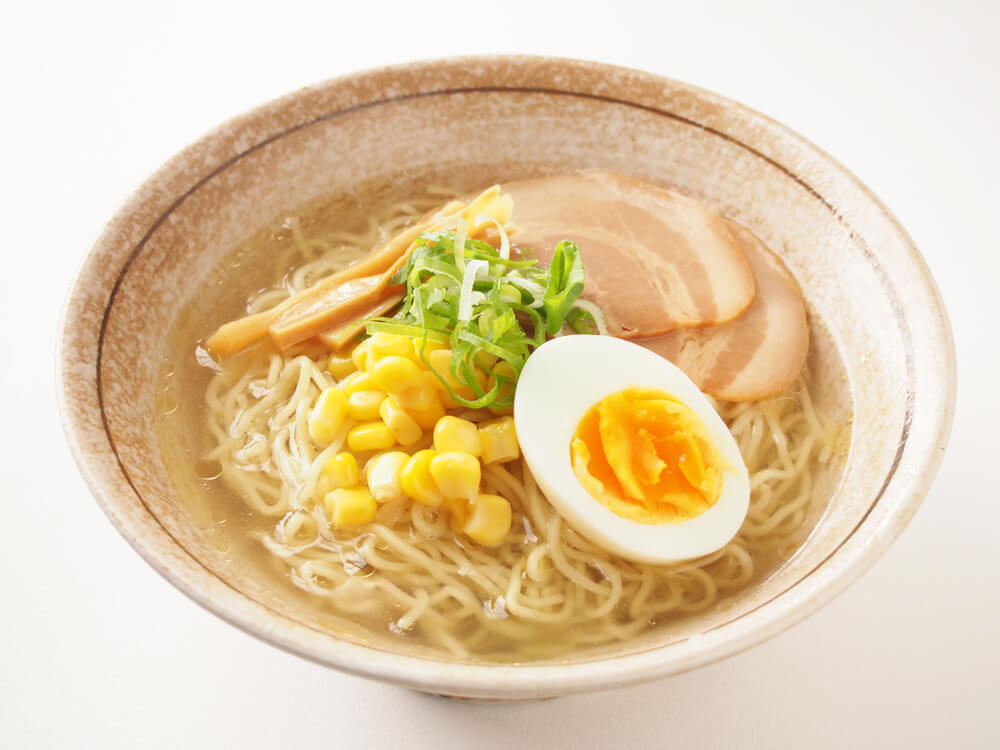
The characteristics of salt ramen are its transparent soup and plenty of umami.
Compared to soy sauce and miso, it is difficult to deceive the taste of ramen.
Honda
Its popular point is the large roasted pork Tanrei soup.The soup with grated yuzu, chicken and seafood flavors are excellent.
The toppings on the thin noodles on the web are trefoil and menma and there is a half-boiled soft yolk.
Menya Hyottoko
Shio Ramen is a Japanese ramen restaurant opened in 2005. its popular point is the large roasted pork Tanrei soup.
The soup with grated yuzu, chicken and seafood flavors are excellent.
The toppings on the thin noodles on the web are trefoil and menma and there is a half-boiled soft yolk.
Address: 2-10-1 Yurakucho, Chiyoda-ku, Tokyo Tokyo Transportation Hall B1F
https://www.menyahyottoko.com/
AFURI
Prepared using the natural water from Mt.Afuri in Tanzawa of Kanagawa Prefecture The ramen shops golden soup is popular.
Tanrei Yuzu salt ramen and vegan ramen are healthy for ladies so thats why they have many female repeaters.
The umami of carefully selected ingredients, such as kelp, savory vegetables and seafood, is carefully extracted from the chicken base, and straight noodles match the noodles.
Address: 1F 117 Building, 1-1-7 Ebisu, Shibuya-ku, Tokyo
https://afuri.com/
Kuroki
It is a salt ramen specialty store that boasts a soup that condenses the umami of fresh seafood (red sea bream, hiramasa, hirame, salmon, conger).
Chicken meat with shrimps kneaded with shrimp and cartilage strewn in cod surimi is tasty.
A delicious dish of custom-made fine noodles with spicy white-haired green onions, ginger, needle ginger, large leaves and chili pepper.
A delicious dish of custom-made fine noodles with spicy white-haired green onions, ginger, needle ginger, large leaves, and chili pepper.
Address: 2-15 Kanda Izumicho, Chiyoda-ku, Tokyo
https://motenashi-kuroki.com/
Menya Kaijin
It is a salt ramen specialty store that boasts a soup that condenses the umami of fresh seafood (red sea bream, hiramasa, hirame, salmon, conger).
Chicken meat with shrimps kneaded with shrimp and cartilage strewn in cod surimi is tasty.
A delicious dish of custom-made fine noodles with spicy white-haired green onions, ginger, needle ginger, large leaves and chili pepper.
A delicious dish of custom-made fine noodles with spicy white-haired green onions, ginger, needle ginger, large leaves, and chili pepper.
Address: Tokyo, Shinjuku-ku, Shinjuku 3-35-7 Sanraku Building 2F
https://menya-kaijin.tokyo/
Miso Ramen

Aji iso ramen was born in 1961 from a shop called Aji no Sanpei in Sapporo, Hokkaido.
Even in Tokyo, you can enjoy a wide variety of miso ramen ranging from orthodox to spicy and gentle flavors.
Check out the popular miso ramen in Tokyo!
Miso noodle shop Hanamichi
If you want to eat reasonable miso ramen at volume, Coco in Nogata, Nakano-ku is recommended.
A soup made from pork bones, chicken stew, and vegetables cooked in a wok for a long time with white o dissolved in the soup is exquisite.
Daimaru of Mikawaya noodles with aroma of wheat straight noodles and the taste and flavor of miso is always there.
Do ・ Miso Kyobashi Main Store
A thick cup based on red miso is a popular ramen restaurant with many female fans.
The noodles match the soup that combines five types of miso and several kinds of ingredients such as pork and chicken gala, kelp and shiitake mushrooms.
Toppings are full of classic char siu, boiled egg and corn and crunchy sprouts.
Address: 1-4-F, Senari Building, 3-4-3 Kyobashi, Chuo-ku, Tokyo
http://blog.livedoor.jp/do_miso/
Menya Sho
A hidden ramen restaurant in Nishi Shinjuku, Tokyo.
The miso ramen served only on Wednesdays is umami with pork bone soup and grated ginger.
Thick soup and yellow curly type, toppings are full of grilled pork, ground meat char siu, sprouts, onions, menma, and green onions.
Address: 7-22-34, Nishi-Shinjuku, Shinjuku-ku, Tokyo
https://menya-syo.com/
Ramen Oshima
The noodles match the soup that combines five types of miso and several kinds of ingredients such as pork and chicken gala, kelp and shiitake mushrooms.
Toppings are full of classic char siu, boiled egg and corn and crunchy sprouts.
Address:6-7-13 Funabori, Edogawa-ku, Tokyo
https://tabelog.com/
Hanada
The miso ramen served umami with pork bone soup and grated ginger.Thick soup and yellow curly type, toppings are full of grilled pork, ground meat char siu, sprouts, onions, menma, and green onions.
Address:1-23-8 Higashiikebukuro, Toshima-ku, Tokyo Higashiikebukuro ISK Building 1F Hanada Ikebukuro
http://www.eternal-company.com/
Tonkotsu Ramen

Tonkotsu ramen is widely known in the Kyushu region .It features a cloudy soup made by boiling pork bones for a long time.Add a lot of garlic to the soup and use thin noodles.
There are many shops in Tokyo where you can enjoy authentic Kyushu tonkotsu ramen.
Barikote
For those who are not good at the smell of pork bones, we offer creamy pork bone ramen at a reasonable price.
Up to two additional balls are free, and it is said that soft-boiled eggs and mentaiko toppings are also delicious.
Address:1-30-15 Koenji Minami, Suginami-ku, Tokyo
http://www.din.or.jp/~barikote/
Tatsunoya
Yatai Ramen was born in 1974 at a stall in Fukuoka along Nakagawa and Hakata Nakasu.You can also enjoy the taste of the dragon in Shinjuku.
It is popular to be able to enjoy the hot pork bone ramen of the dark soup 24 hours a day.
Address:Fujino Building 1F, 7-4-5 Nishi Shinjuku, Shinjuku-ku, Tokyo
2-10 Azabujuban, Minato-ku
Hakata Furyu Seibu Shinjuku Store
Tonkotsu ramen right next to Seibu Shinjuku Station is a popular ramen shop.
For those who are not good at the smell of pork bones, we offer creamy pork bone ramen at a reasonable price.
Up to two additional balls are free, and it is said that soft-boiled eggs and mentaiko toppings are also delicious.
Wakura Shinjuku
It is a Hakata ramen shop in Shinjuku Kabukicho where you can eat tonkotsu ramen from its original home Kyushu.
The taste is simple, but the amount of backfat is large, and it is an authentic taste with a very fine straight and strong pork bone aroma.
Address: 1-10-11 Kabukicho, Shinjuku-ku, Tokyo 1F Hirasawa Building 1F
http://ramen-wakura.com/
Original Hakata Nakasu Yatai Ramen Ichiryu Ikebukuro East Store
Yatai Ramen was born in 1974 at a stall in Fukuoka along Nakagawa and Hakata Nakasu.You can also enjoy the taste of the dragon in ikebukuro.
It is popular to be able to enjoy the hot pork bone ramen of the dark soup 24 hours a day.
Address: New Nakano Building 1F / B1F, 1-22-5 Minamiikebukuro, Toshima-ku, Tokyo
https://gardengroup.co.jp/ichiryu/
Iekei Ramen
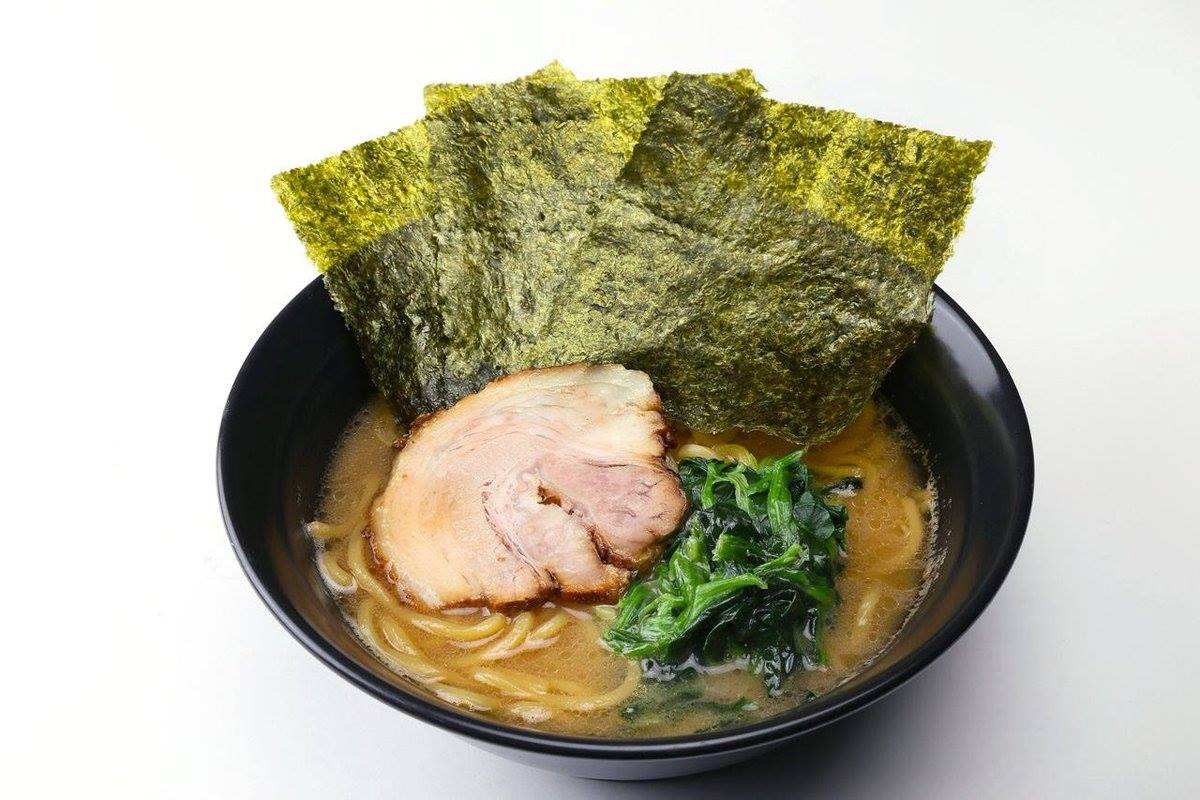
“Iekei ramen” is originated in Yokohama and was born from a ramen shop “Yoshimuraya”.
It is characterized by a thick soup of pork bone soy sauce and thick straight noodles, and you can choose the taste, the amount of fat, and the hardness of the noodles as you like.
Here are some of the most popular ramen in Tokyo!
Ichikurata
Ichikurata is popular for its elegant tonkotsu ramen.
You can choose the type of noodles, the degree of boiling the noodles, the thickness of the soup, the amount of backfat and garlic and the toppings as you like.
The shop is large and you can enjoy a perfect cup by yourself.
Business hours:Tue ~ Sat 11: 00 ~ 15: 00 17: 00 ~ 20: 3011: 00-23: 0011: 30-15: 00, 17: 30-2: 0011: 30-21: 00
https://tabelog.com/
Musashiya
It is a popular family ramen shop along Meiji-dori, a 7-8 minute walk from Shibuya Station.
The soup is rich in chicken and soy sauce flavors with plenty of bean sprouts and char siu.
Address:1-8-11 Kichijoji Minamicho, Musashino City, Tokyo
https://www.6348musashiya.com/
Menya Kuro
It is a specialty shop of Iekei ramen along Meguro Street, a 4-minute walk from the station.
The combination of rich pork bone soy sauce soup with chicken oil, medium thick straight noodles and roasted char siu is the best.
Address: 1-6-12 Meguro, Meguro-ku, Tokyo
https://tabelog.com/
Ramen Shiryu Higashi-Ginza
The ramen Shiryu Higashi-Ginza, built in the Ginza building district is popular for its elegant tonkotsu ramen.
You can choose the type of noodles, the degree of boiling the noodles, the thickness of the soup, the amount of backfat and garlic and the toppings as you like.
The shop is large and you can enjoy a perfect cup by yourself.
Yokohama Iekei ramen Samurai
It is a popular family ramen shop along Meiji-dori, a 7-8 minute walk from Shibuya Station.
The soup is rich in chicken and soy sauce flavors with plenty of bean sprouts and char siu.
Address: MT Estate Building 1F, 3-15-2 Shibuya, Shibuya-ku, Tokyo
https://www.collagekids.nl/
Jiro Ramen
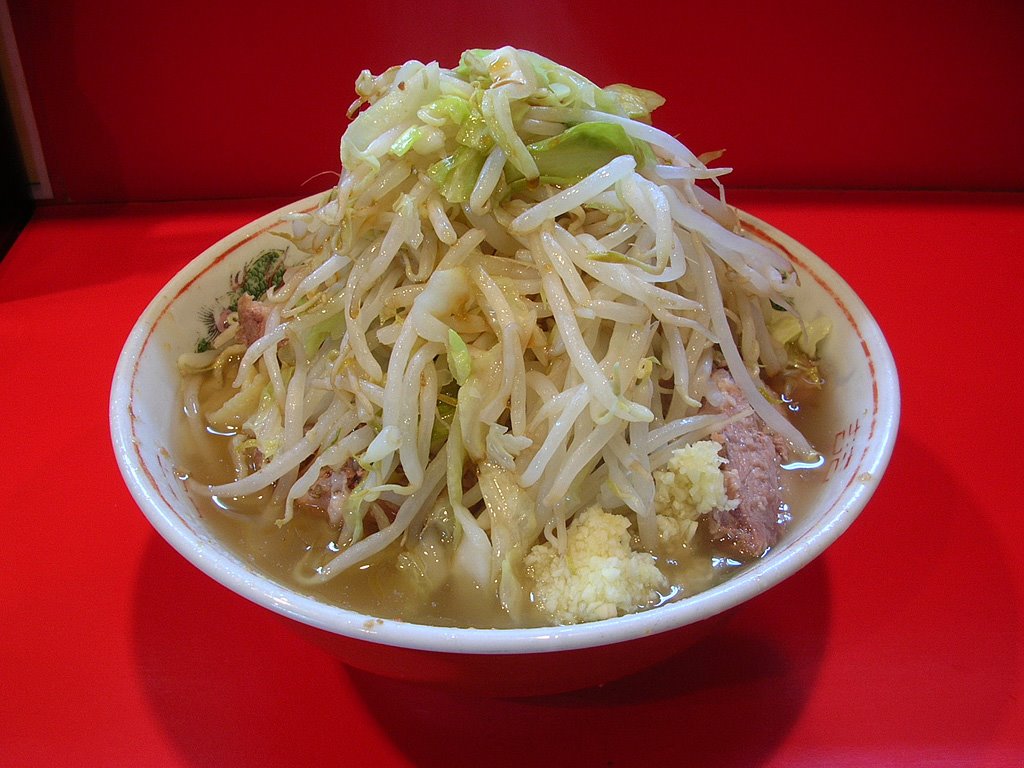
“Jiro-type ramen” refers to a restaurant that has been divided into or has been influenced by “Ramen Jiro”, whose head office is located in Mita, Minato-ku, Tokyo.
Tonkotsu soy soup and rich shrimp noodles with garlic, char sprouts, sprouts and cabbage.
Yojinbo
It is a Jiro style ramen restaurant in front of Ramen Jiro in Jinbocho station.
The noodles are a bit hard, the char siu is soft and there are lots of free toppings such as spicy eggs, garlic, raw inger.
Check out the hearty mix soba besides ramen!
Address: 2-2-21 Kanda Jimbocho, Chiyoda-ku, Tokyo Tsuchida Building 1F
https://tabelog.com/
Ramen jiro hibarigaoka station
A Jiro-based ramen shop opened in Hibarigaoka by a shop owner who was an assistant at Shin Koganei shop and Mita head office.
The noodles are soft and slightly thinner, the soup is emulsified, full of vegetables and thickly sliced char siu.
Address: Hibarigaoka Plaza 1F, 3-27-24 Yadocho, Nishitokyo-shi, Tokyo
https://tabelog.com/
Chiba Kara Shibuya Dogenzaka
Jiro inspired ramen is a 6-minute walk from Shibuya Station.
The super-emulsified soup that is cloudy enough to make noodles invisible is a satisfying cup of pork bones.
Address: SHIBUYA Dogenzaka 1956 Building 1F, 2-22-2 Dogenzaka, Shibuya-ku, Tokyo
http://www.ken21.jp/
Dokutsu-ya
Jiro-type ramen with a simple balance of pork bone, soy sauce sauce and chicken oil.
The shop has a strong smell of pork bones and is popular with many people during lunchtime.
Address: 2-2-4 Kichijoji Minamicho, Musashino-shi, Tokyo
https://tabelog.com/
Ramen Jiro Shinjuku Kabukicho
“Ramen” is an affordable noodle with a large barbecue pork and a pile of vegetables.
Opening hours are from 11:00 to 3:00 the next morning, so we recommend returning to Kabukicho.
Address: 1st floor of Nisshin Building, 2-37-5 Kabukicho, Shinjuku-ku, Tokyo
http://www.ramen-jiro.com/kabujiro.html
Toripaitan Ramen
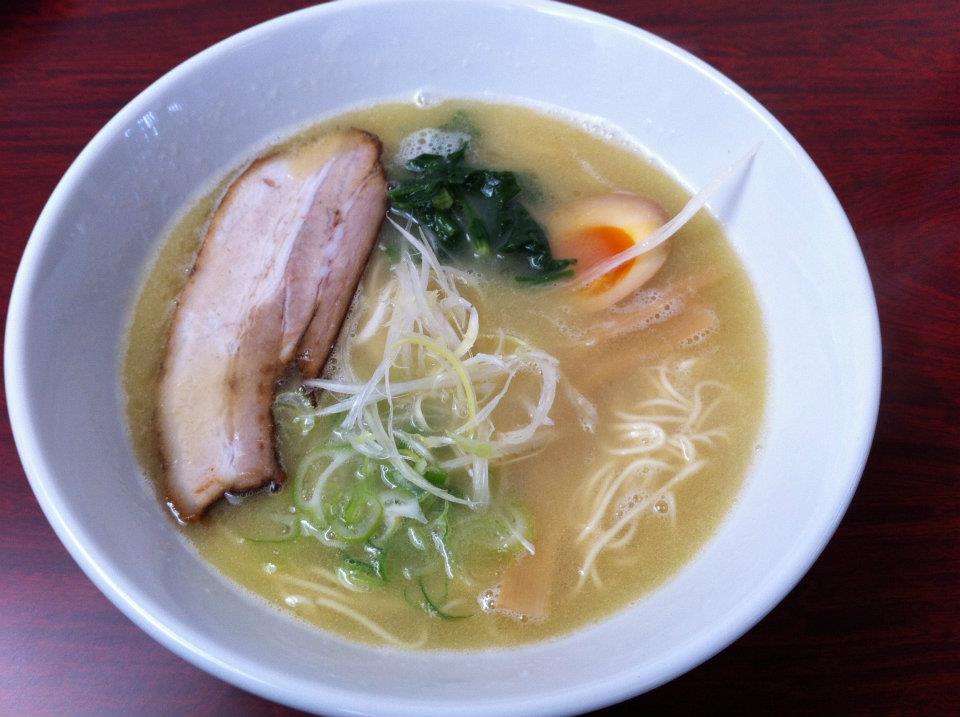
Chicken Hakuyu Ramen is a rich ramen characterized by a soup made of chicken boiled for a long time.
The appearance is similar to pork bone ramen, but chicken white ramen has no peculiar smell and is easy to eat.
If you want to eat Chicken Hakuyu ramen in Tokyo, let’s introduce a check-in shop.
Tori no ana
One cup of exquisite soup boiled with domestically produced chicken, maple, tortoise, chicken wings, and several kinds of vegetables.
Soup and chicken thigh char siu, chicken tatter and soft-boiled egg match perfectly.
Address: 1-39-20 Higashi-Ikebukuro, Toshima-ku, Tokyo 1F Keita Building
http://torinoana.com/
Burari
Chicken Hakuyu Ramen “Thick Chicken Soba” is a smooth soup with chicken char siu and chicken flavor.
Address:5-52-5 Higashi-Nippori, Arakawa-ku, Tokyo
https://www.collagekids.nl/
Tori soba Sanpoichi
It is a popular ramen shop in the ramen battleground and located in Takadanobaba area.
Chicken Hakuyu Ramen “Thick Chicken Soba” is a smooth soup with chicken char siu and chicken flavor.
Address: 2-14-9 Takadanobaba, Shinjuku-ku, Tokyo Meiyoshi Building 1F
https://tabelog.com/
Kagari
The signboard menu “Toripaitan SOBA” has rare toppings such as lotus root and salmon roe.
A restaurant where you can enjoy an adult ramen restaurant in a calm space.
Address: 1-9-2 Otemachi, Chiyoda-ku, Tokyo Otemachi Financial City Grand Cube
https://tabelog.com/
torisoba-jyuban156
Chicken Hakuyu Ramen “Thick Chicken Soba” is a smooth soup with chicken char siu and chicken flavor.
How to order Ramen
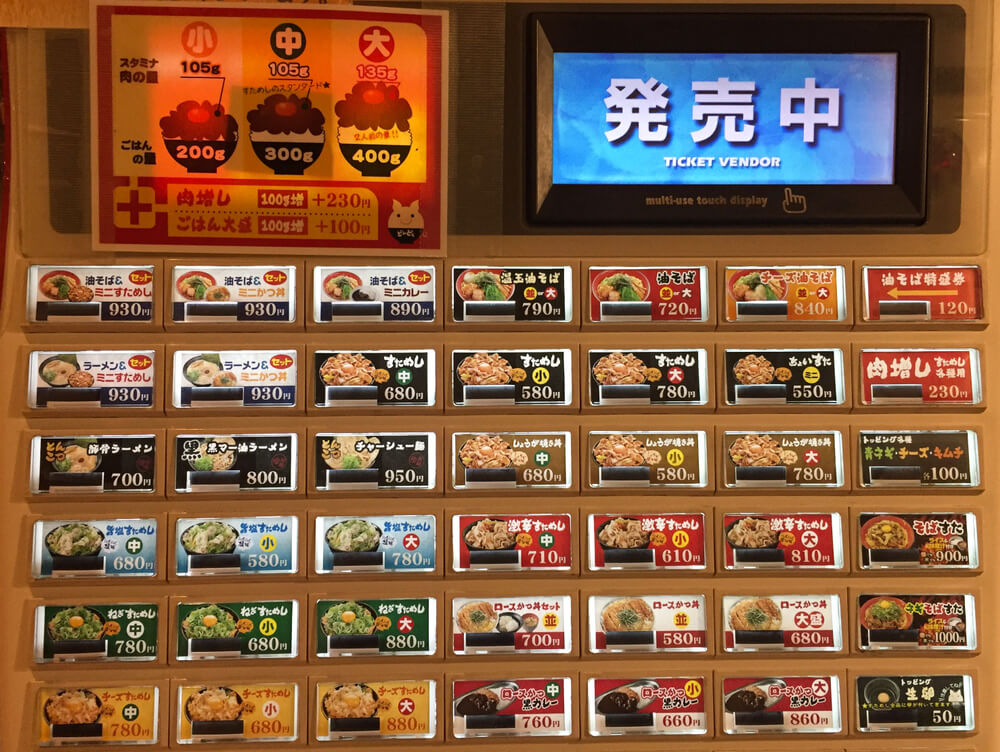
There are two ways to order at a ramen shop in Japan.At the ramen shop in the city center,there is a ticket vending machine installed at the entrance and this is how to purchase a meal ticket.
Put your money in the vending machine and press the button of the meal you chose to eat from the menu and you will get a ticket immediately and present it to the counter.
Ticket vending machines may not accept 5,000 or 10,000 yen bills, so please prepare 1,000 yen bills in advance.At local ramen shops, there are many ways to look at the menu and order.
How to eat Ramen
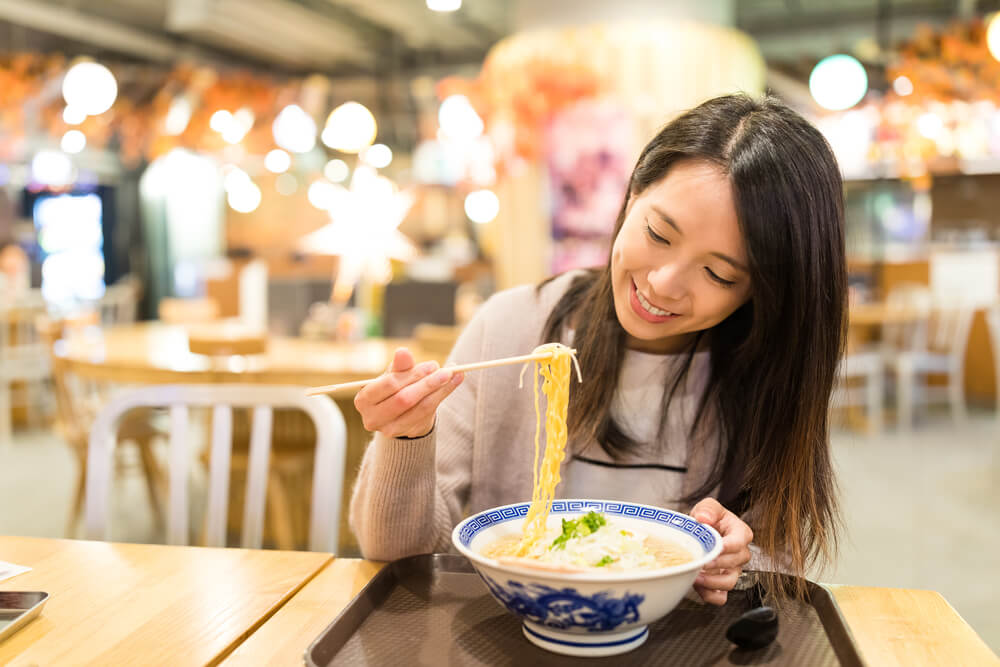
When you eat ramen, it becomes entangled with the soup and you can taste the aroma.
When slurping the noodles be sure to inhale the smell and chew and eat it well.
When you eat ramen you can order the toppings as you like.
Typical local Ramen
Here are some characteristics of local ramen from all over Japan where you can feel the local climate and history.
①Sapporo Ramen
Miso Ramen
Thick miso soup
Chunky noodles
②Asahikawa Ramen
Soy sauce ramen
Seafood soup such as pork bones and dried fish
curly noodles
③Hakodate Ramen
Salt ramen
thin noodles
Cook pork and chicken over low heat
④Aomori / Tsugaru Ramen
Use broiled soup
boiled flavor is strong
⑤Fukushima / Kitakata Ramen
Soy sauce ramen is mainstream
Area blessed with high quality water
Thick noodles with high moisture content
⑥Akita Prefecture, Jumonji Ramen
Soy sauce based soup
Dried broth and dried bonito
Fine curly noodles
⑦Yamagata Prefecture Sakata Ramen
Clear soy sauce soup
Pork bones, chicken, dried broth and kelp stock
Use homemade noodles
⑧Sendai Ramen, Miyagi Prefecture
Sendai miso ramen
Use spicy miso
⑨Shirakawa Ramen, Fukushima Prefecture
Wide frizzy noodles
Soup is clear soy sauce flavor
⑩Tokyo Hachioji Ramen
soy sauce flavor
Medium-sized Chinese noodles
Chop onion
⑪Kanagawa / Yokohama Ramen
“Yoshimura Family” originated
Thick pork bone soy sauce soup
Thick noodles
⑫Kyoto Ramen
Chicken gala-based soy sauce soup
Super rich soup
Use Kujo Leek
⑬Wakayama Ramen
Light soy sauce and rich pork bone soy sauce
Saba sushi is placed on the table
⑭Hiroshima Prefecture Onomichi Ramen
Soy sauce flavor soup
Medium thin noodles
⑮Tottori beef bone Ramen
Dashi from beef bone
Soy sauce flavor
Chunky noodles
⑯Tokushima Ramen
Thick pork bone soup
Soft and thin noodles
Spicy seasoning
⑰Fukuoka / Hakata Ramen
Pork bone cloudy soup
Extra fine noodles
red ginger and sesame
⑱Kurume Ramen
Nankin Senryo style
Pork bone soup
Straight noodles
⑲Kumamoto Ramen
Blend chicken bone with pork bone
Scorched garlic
Noodles are thick
The things to know in a Ramen shop
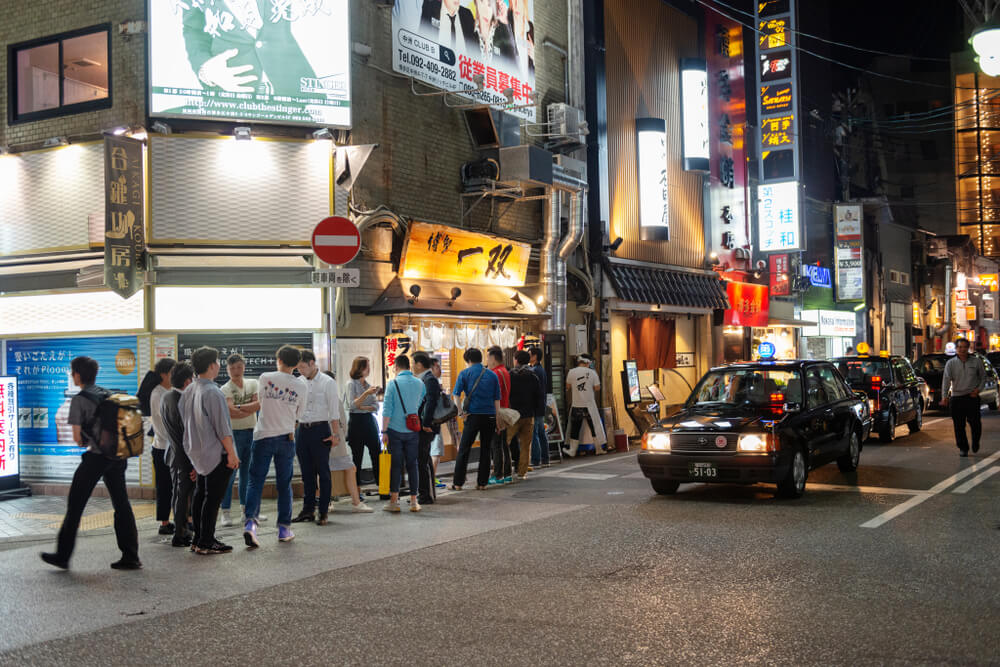
When taking a photo at a ramen shop, make sure that the noodles are getting thicker and the soup does not cool down quickly.
If there are customers in line and busy , it is good manners to leave the seat or table as soon as you finish eating your meal so that they can have seat for other customers.
Also, please be careful when queuing at the store, as smoking and drinking are prohibited.
Summary
Are there any ramen shops you would like to visit ? Please try to find your favorite ramen shop in Tokyo.

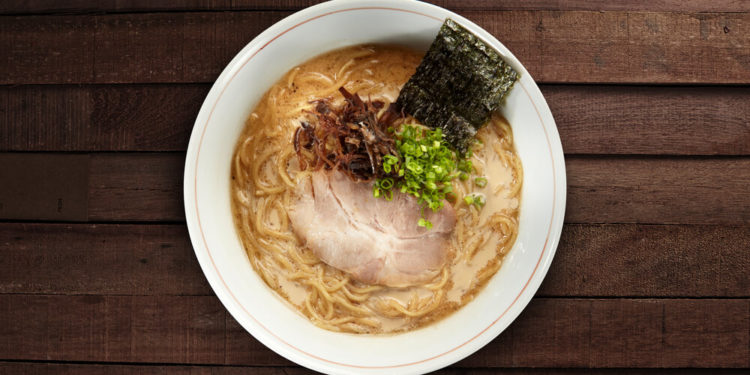


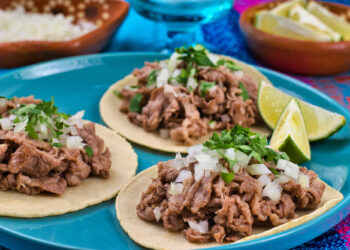
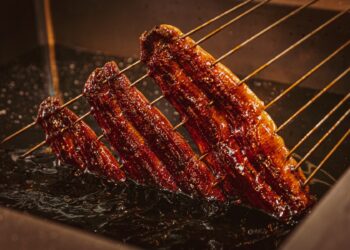
3-1140x570-1-350x250.jpg)
3-350x250.jpg)
